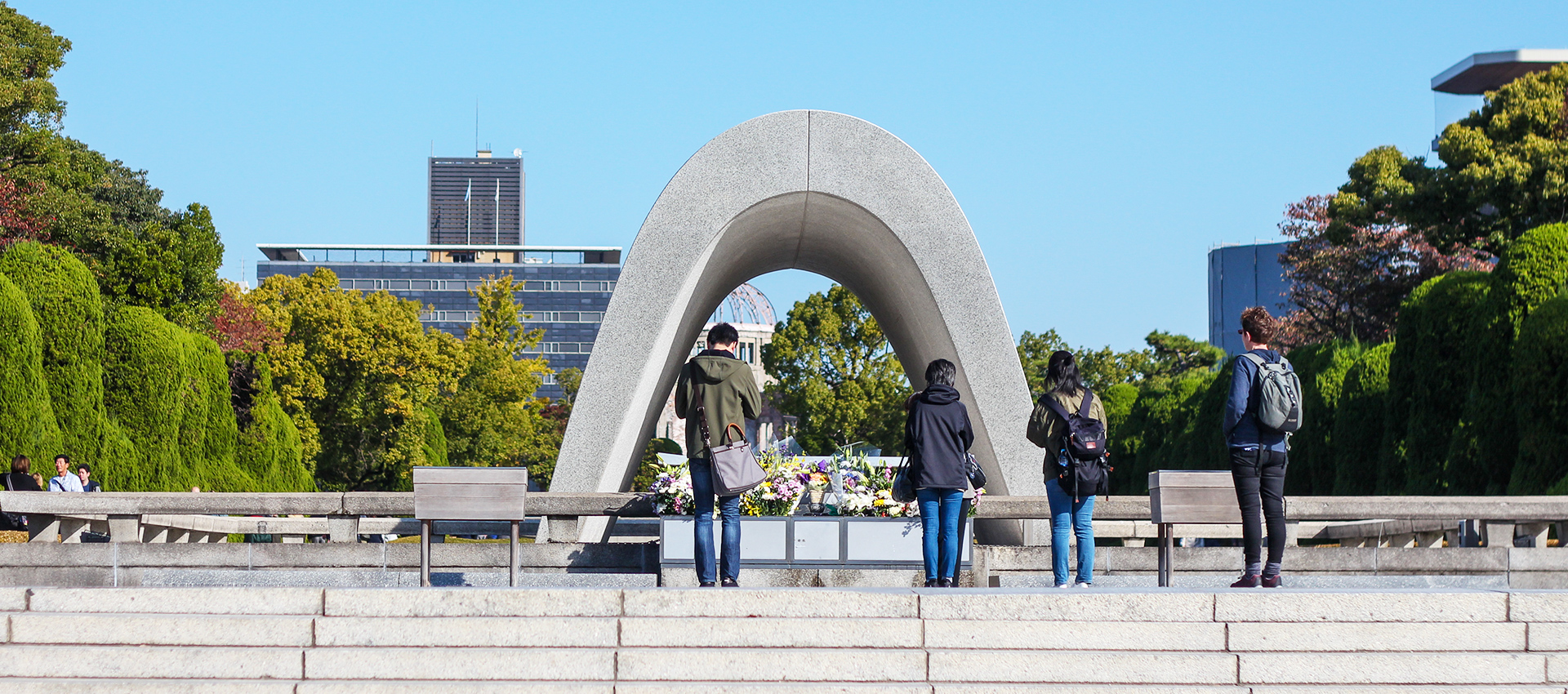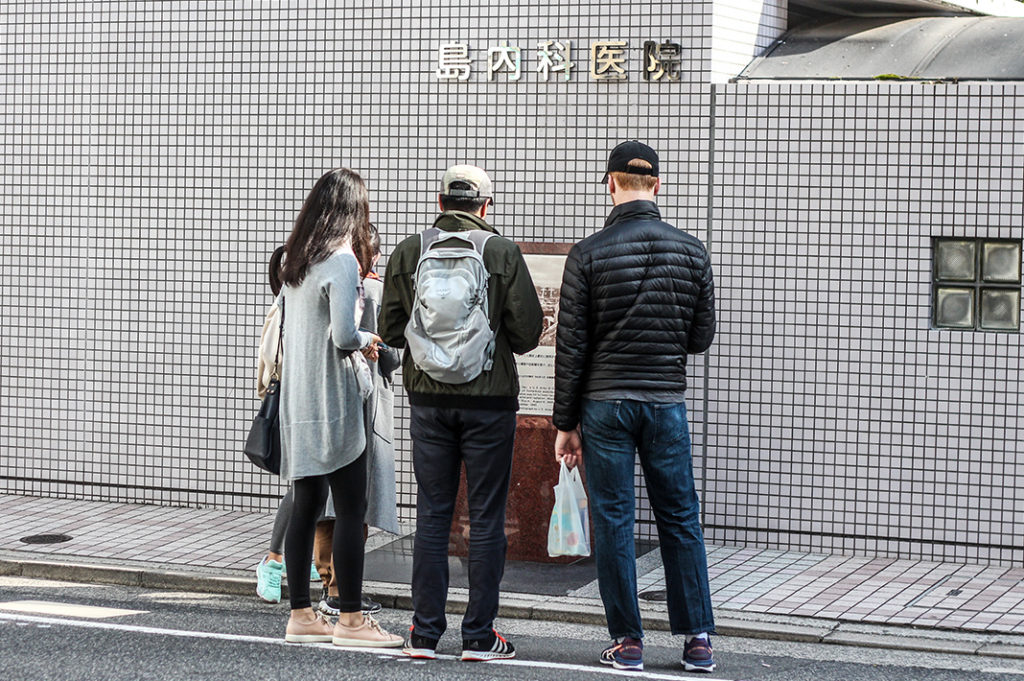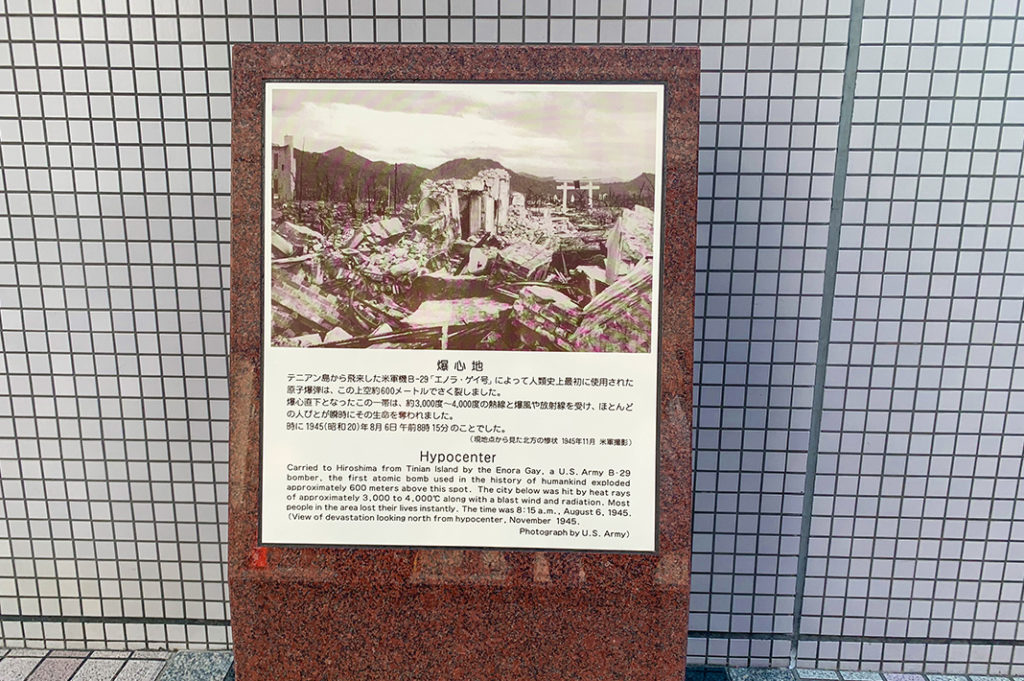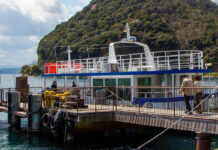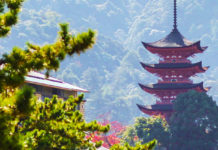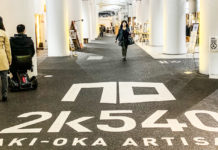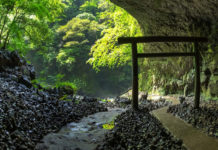Without question, one of the top attractions in Hiroshima is the Peace Memorial Park (or Heiwa Kinen Koen). This 120,000sqm section of the city was once the hub of all activity and was thus targeted for bombing during World War 2. After the devastation of the A-bomb, Hiroshima slowly began to rebuild, but it was decided that this area would not be re-developed. Instead, it would become a memorial for the victims and a sombre reminder of the dangers of nuclear weaponry.

Though there are numerous points of interest within the park, we will cover only some and leave the rest for you to explore.
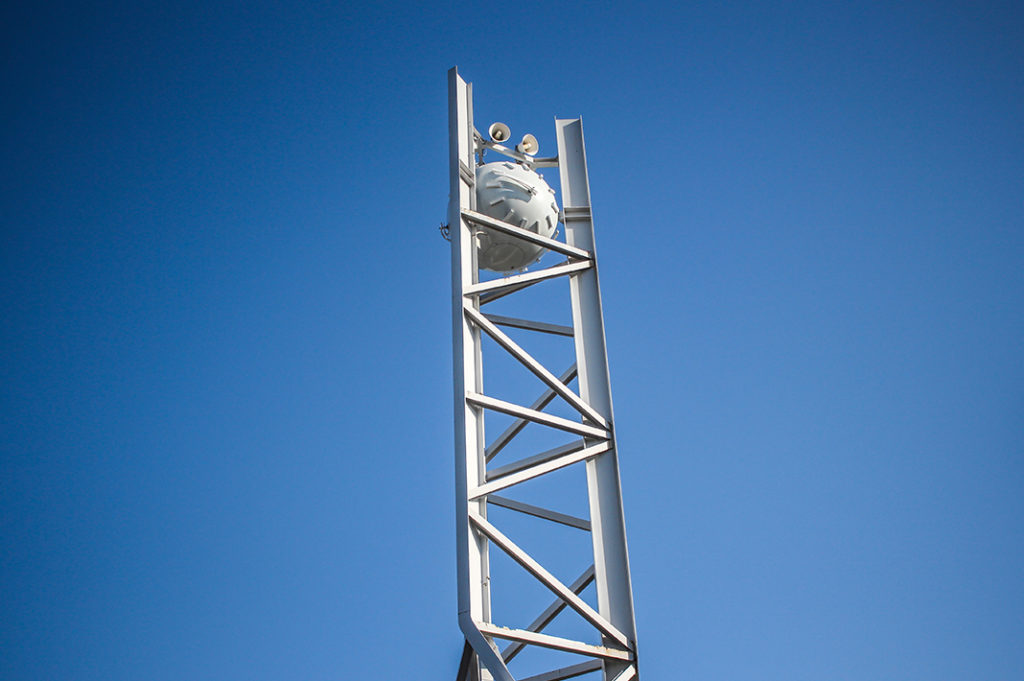
Peace Clock
From the Aioi Bridge, one of the first things you’ll come across is the Peace Clock. Built in 1967, this clock chimes every day at 8:15am, the exact time the bomb dropped and changed the world forever. It’s chime, along with that of the Peace Bell, makes the list of “One Hundred Sounds the Japanese People Wish to Preserve.”
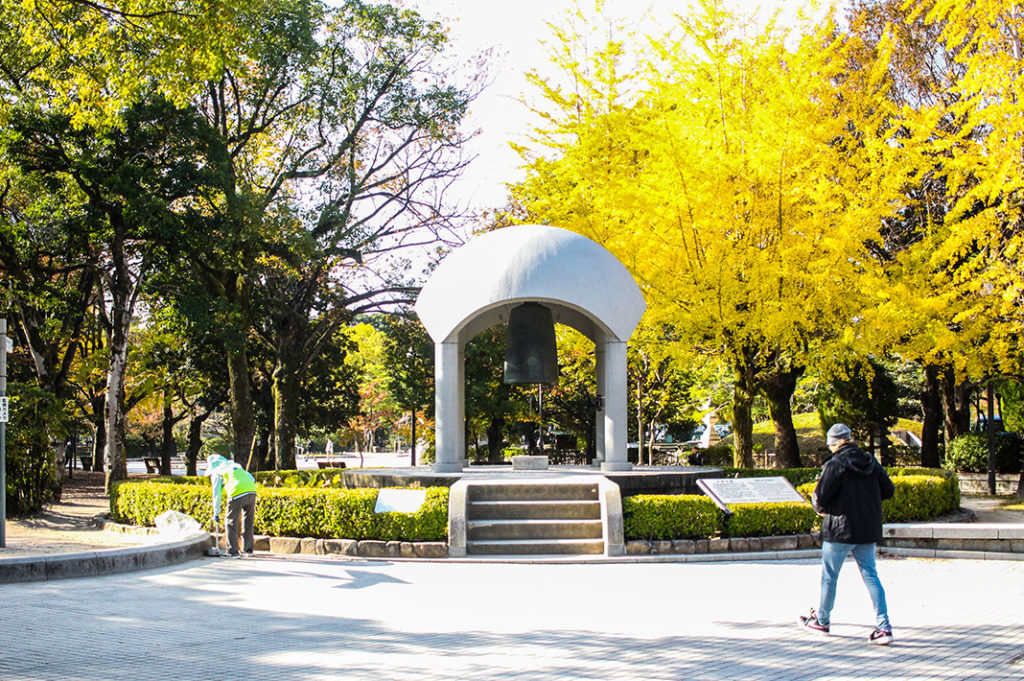
Peace Bell
This temple bell was installed in 1964 and carries some significant detailing. On one side is an embossed world map showing a world united without borders. When you step up to ring the bell, you’ll notice the atomic symbol embossed where the wooden pole will strike. This is to illustrate the stamping out of nuclear warfare. Furthermore, the bell platform is surrounded by a lotus pond which is in full bloom around the time of the bombing (August 6th). It is said that the victims’ wounds were dressed with lotus leaves at the time, so it serves as another reminder of the awful tragedy. If you can’t think of a wish when ringing the bell, I would suggest the dismantling of nuclear weapons.
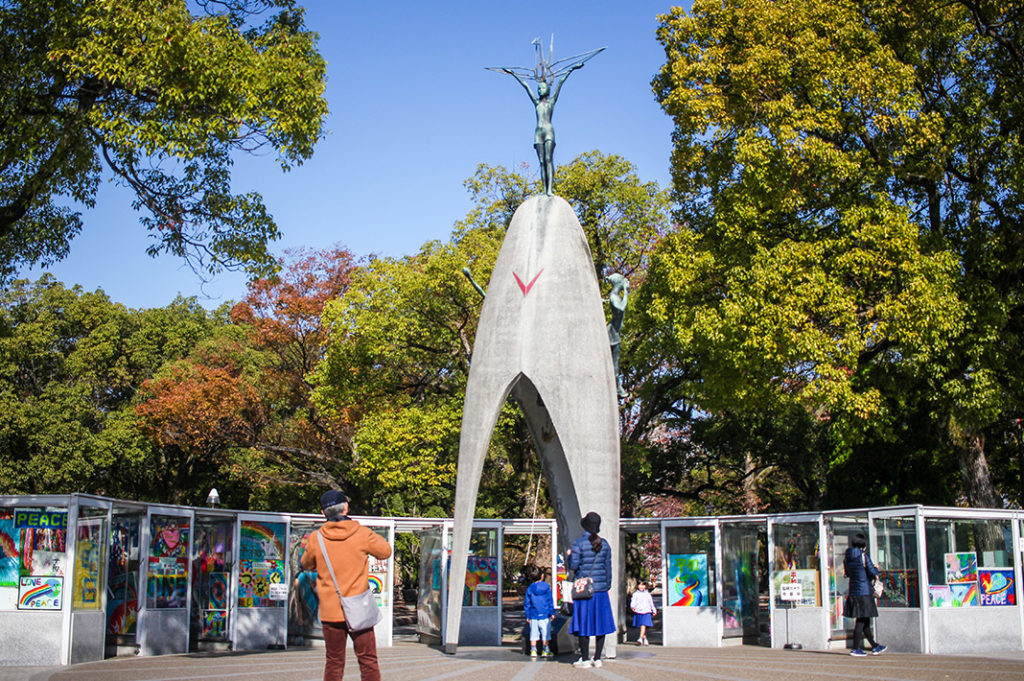
Children’s Peace Monument
This monument is the most colourful of all in the park and features thousands of folded paper cranes hanging in glass cases. It came after the death of local girl Sadako Sasaki who was exposed to the bomb as a toddler. Ten years after the fact, she developed leukemia and slowly declined in health in the hospital. Believing that a thousand folded paper cranes could help with her recovery, she continued folding them in her hospital bed until she passed away (more on Sadako’s story in the Museum). This monument is now a memorial for all the child victims of the bombing.

It is possible for anyone in the world to contribute paper cranes to the monument, in fact, roughly 10 million cranes are offered up each year.
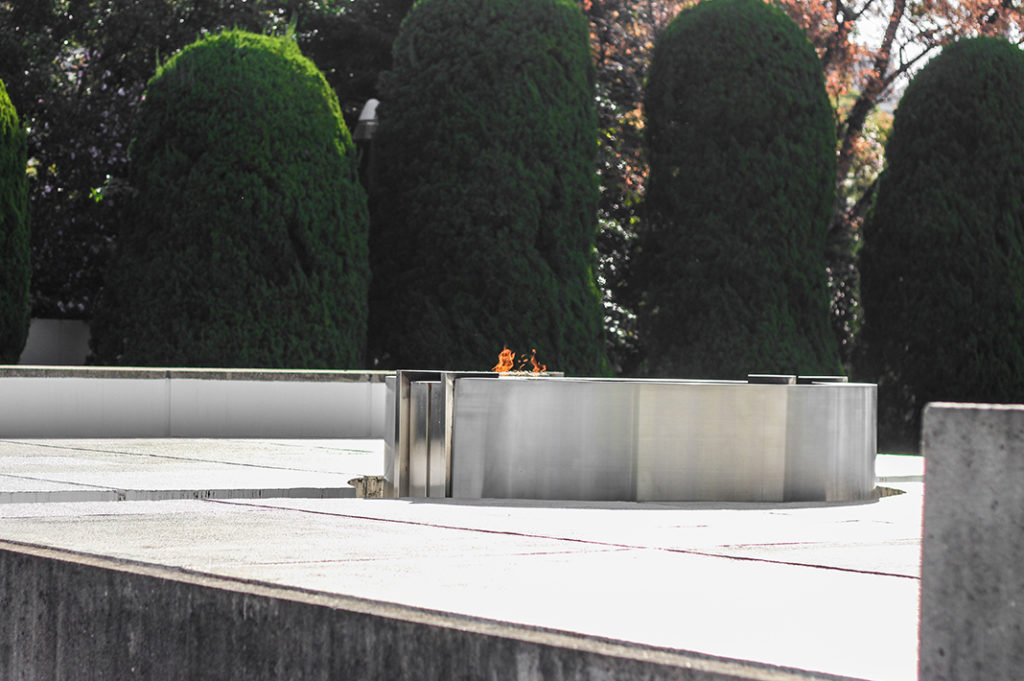
Peace Flame
Between the Children’s Peace Monument and the Cenotaph is a flame which has been burning since 1964. It is intended to burn until the world is free of the threat of nuclear annihilation.
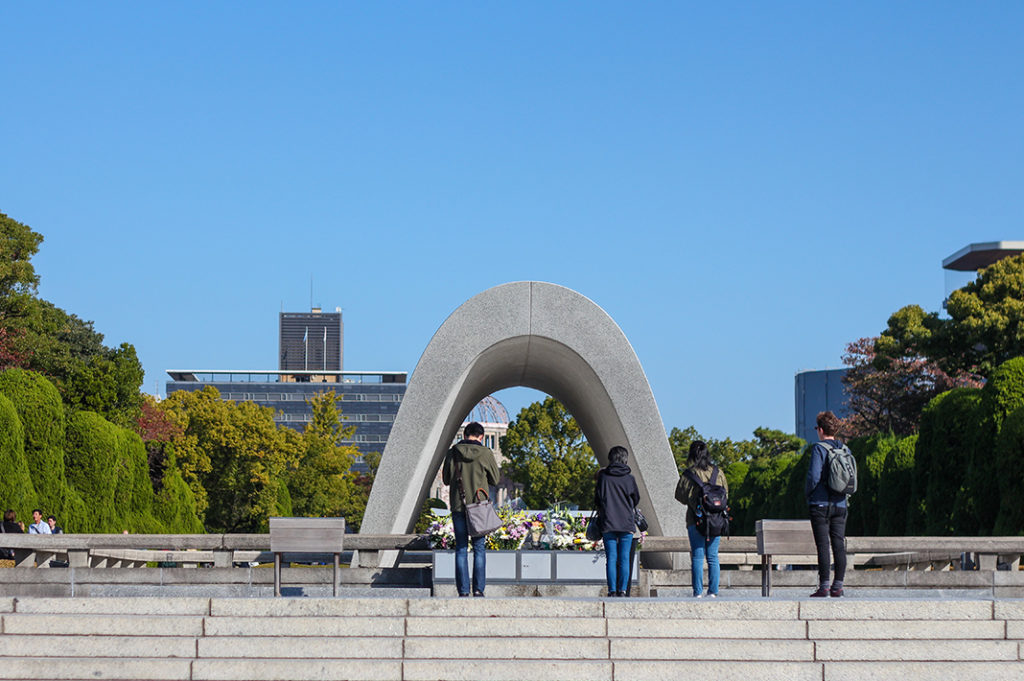
Hiroshima Victims Memorial Cenotaph
This cenotaph was installed in 1952 and contains the names of all bomb victims. In a recent 2016 count, there were 303,195 names as well as a reference to the many more nameless victims. The design is said to resemble an old fashioned clay house which provides shelter to the souls of the victims.
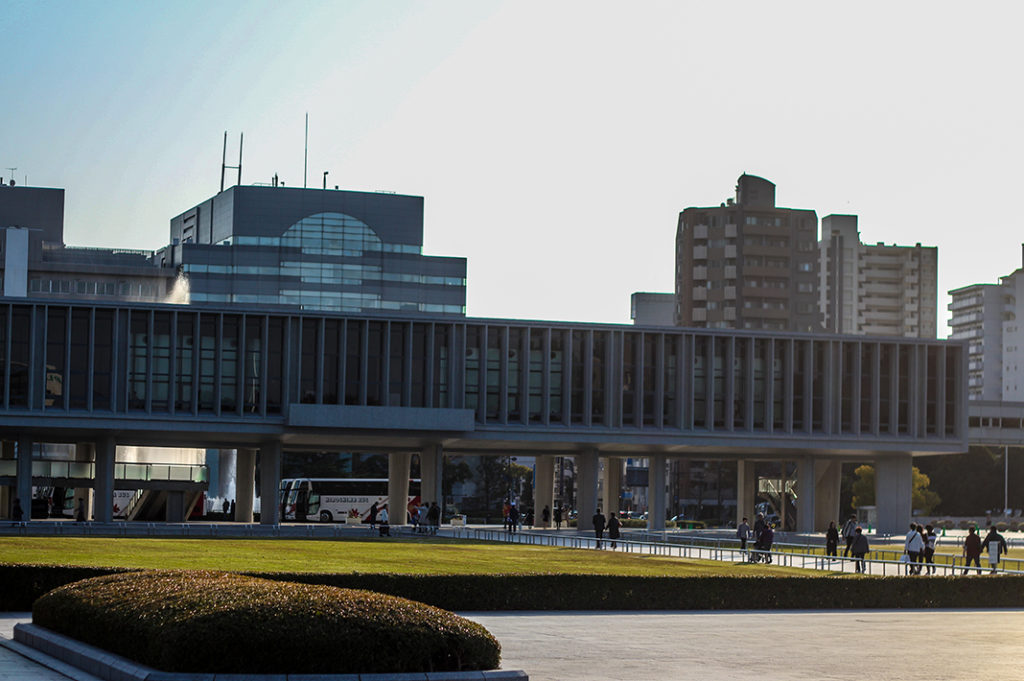
Peace Memorial Museum
The Peace Memorial Museum is one of the biggest attractions within the park. Set aside a few hours to explore the exhibits and prepare to be deeply disturbed. The exhibits cover life in Hiroshima before the bomb as well as artefacts and first-hand accounts of the bombing and aftermath. You will get a confronting look at the effects of nuclear weapons on landscape, items and the human body. The final section covers the science behind nuclear weapons, as well as the current global situation relating to them. It is enough to have you running back to the Peace Bell. Due to the graphic nature of the imagery inside, it is not suitable for young children.

A-Bomb Dome
The A-Bomb Dome is undoubtedly the most iconic structure within the park. This building was originally the Hiroshima Prefectural Industrial Promotion Hall, located 600m away from the bomb’s epicentre. Remarkably, it is still partially standing and serves as a reminder of the horror and a symbol of hope. Its importance garnered it UNESCO World Heritage Status in 1996. Usually there will be some volunteers nearby who are in-utero survivors from 1945. They grew up in a world where most of their loved ones and neighbours slowly declined in health and spirit. They encourage you to ask questions of them and face the reality of the devastating effects of nuclear weapons.
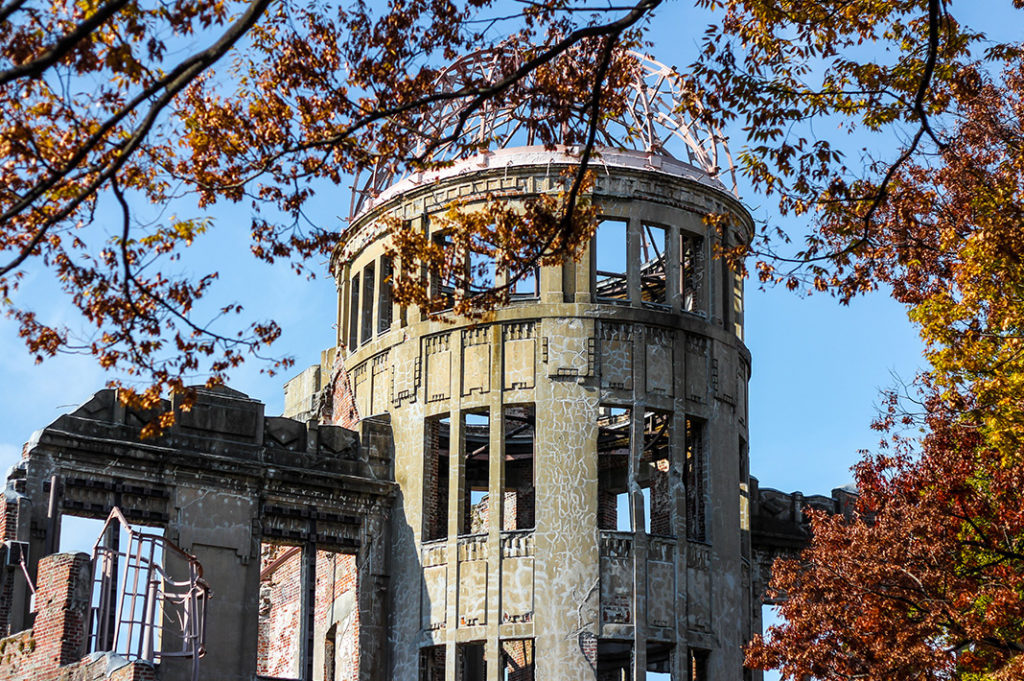
The Hypocenter
Though technically not within the Peace Memorial Park, the epicentre of the explosion is very close to the A-Bomb Dome. Just head a block or two behind it to this spot where you’ll find a small plaque. It’s a nondescript location, but you can’t help but think of the un-ending wave of tragedy that has radiated from this point.
Getting To the Hiroshima Peace Memorial Park
If you have been taking advantage of the Sightseeing Loop Buses, you will definitely be able to alight here. From Hiroshima Station, you can also catch a tram (numbers 2 or 6) to the ‘Genbaku-Domu Mae’ stop.
Post by Japan Journeys.



